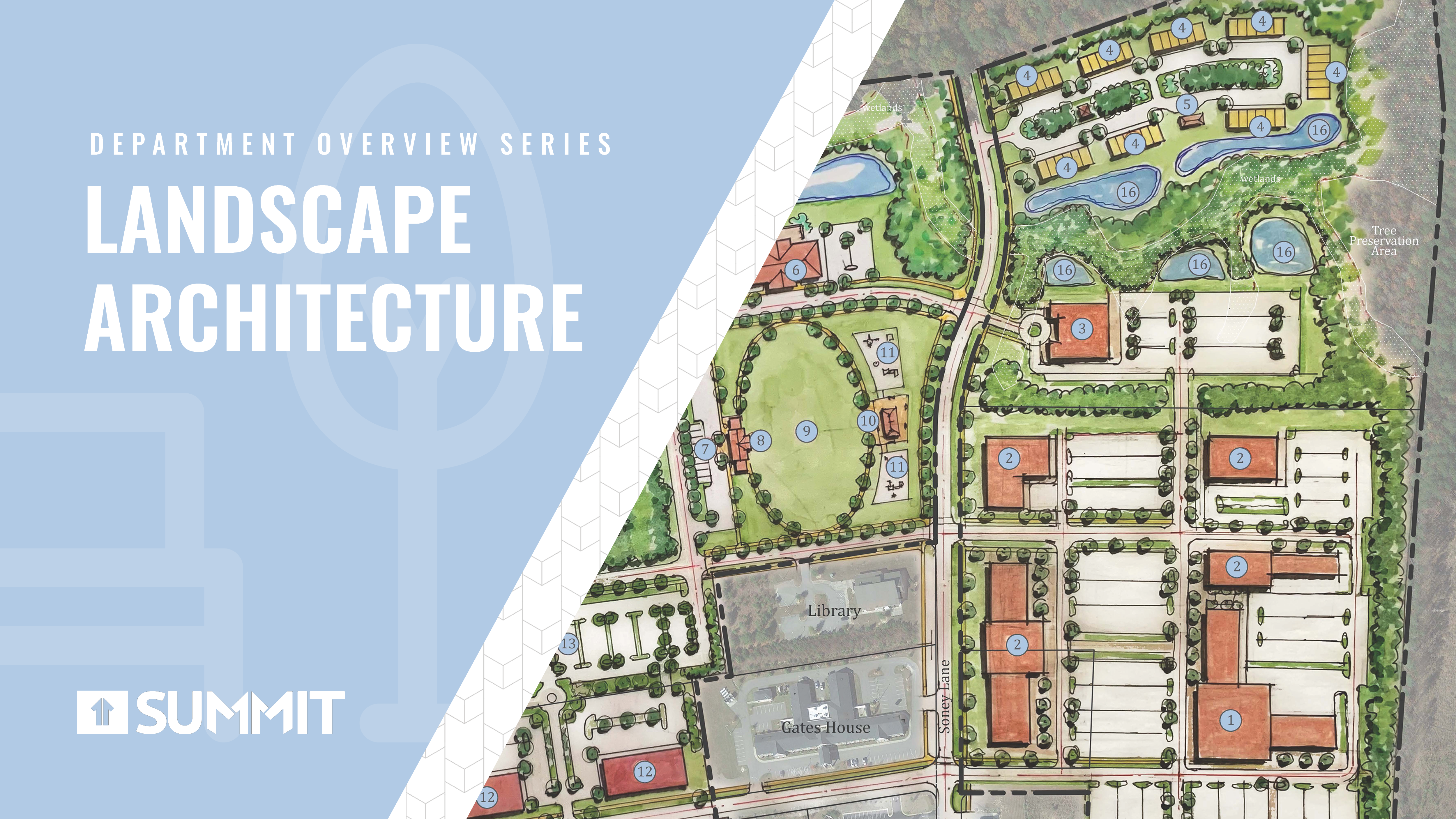What is Landscape Architecture?
When you ask that question, turn your gaze to open spaces all around you. The High Line, 9/11 Memorial, and Central Park in New York City; The Blue Ridge Parkway; the Biltmore grounds and estate in North Carolina; The Gardens of Versailles in France; The Chicago Riverwalk; and more. If you’ve ever laid eyes on one of these places, then you have seen landscape architecture at work. From famous gardens and parks around the world to the small green space down the street from where you may live or work, landscape architecture is all around us.
The profession of Landscape Architecture as we know it has been around for centuries, but it’s only recently become a more integral part of construction and engineering. At the intersection between architecture and engineering, landscape architecture facilitates the process of enhancing and protecting both the natural environment and the built one. As we see an increase in natural disasters, property damage, and habitat loss, landscape architecture has taken on a pivotal role in helping to stem the loss of both biodiversity and economic assets.
In today’s blog, a continuation of our ‘Summit Insights’ series, we’re going to dive deep into Summit’s landscape architecture department to see just what it is they do—and how they do it.
Summit’s Landscape Architecture Department Background
At Summit, our landscape architecture team prioritizes human and environmental health when designing beautiful spaces. We have a commitment to protecting the health, safety, and welfare of the general public through our design. Because of this, we seek out opportunities to connect people with nature throughout our designs, and one of our primary goals is to promote ways to make communities more resilient and ecologically stable. Our team is proud of our ‘green infrastructure initiative,’ which focuses on stormwater management and how we can promote biodiversity, improve water quality, and boost overall “site beautification” by implementing thoughtful stormwater management strategies.
Though our team at Summit is small, the department is considered a primary part of Summit’s catalog of civil engineering services. Among other things, we work closely with other civil engineering services, like Land Development and Planning, to design the exterior spaces of buildings. Our projects can be broad, such as providing master planning for a community, or more intimate, such as detailing a parklet—the services we provide are varied and many. Overall, we’re proud to be a part of the Summit services selection, where we continue to do good work hand-in-hand with other service departments.
Landscape Architecture Overview
According to the American Society of Landscape Architects, landscape architecture “involves the planning, design, management, and nurturing of the built and natural environments. With their unique skill set, landscape architects work to improve human and environmental health in all communities. They plan and design parks, campuses, streetscapes, trails, plazas, residences, and other projects that strengthen communities.”
That’s a lot of words to describe the role that they play, so the short of it is this: Essentially—When you’re talking about projects that involve site design—landscape architecture can be anything that isn’t designing a building. This does have a lot of overlap with other services, of course (which is why not all work done outside of a building counts as landscape architecture). Landscape architects themselves are designers who combine art, science, and technology to create outdoor spaces that are functional, beautiful, and sustainable. Because landscape architects have a general understanding of most—if not all—parts of a project, they can be considered a kind of director or composer: they’re able to coordinate all the ‘pieces’ of the project to create a holistic, memorable whole that can last for generations.
The projects that landscape architects work on include parks, campuses, memorials, transportation services, and more; they can include rain gardens, ecological restoration, urban revitalization, green roof initiatives, and even preservation. Research has shown that designing with natural systems, especially those native to the area in which a project is being built, can yield more resilient infrastructure. This, in turn, creates communities that are better prepared for disasters such as flooding—and when these disasters do strike, the communities affected are able to recover more swiftly.
Landscape architecture is more than just a weapon against our changing climate, though. Humans benefit from their services on a day-to-day basis as well. In fact, research suggests that spending even a small amount of time in nature daily improves happiness and mood. Engaging in opportunities to be outside can help improve people’s physical and mental health, including cognitive function, brain activity, blood pressure regulation, and disordered sleeping. These benefits are especially prevalent in those living in an otherwise highly urbanized environment—like cities!
Finally, landscape architects seek to promote equitable pedestrian access through accessible greenspaces. Part of this is creating beautiful spaces that tie in to the existing cultural, historical, and ecological significance of the community where a project may take place. All those factors are taken to the table as we work with clients of all kinds, both public and private.
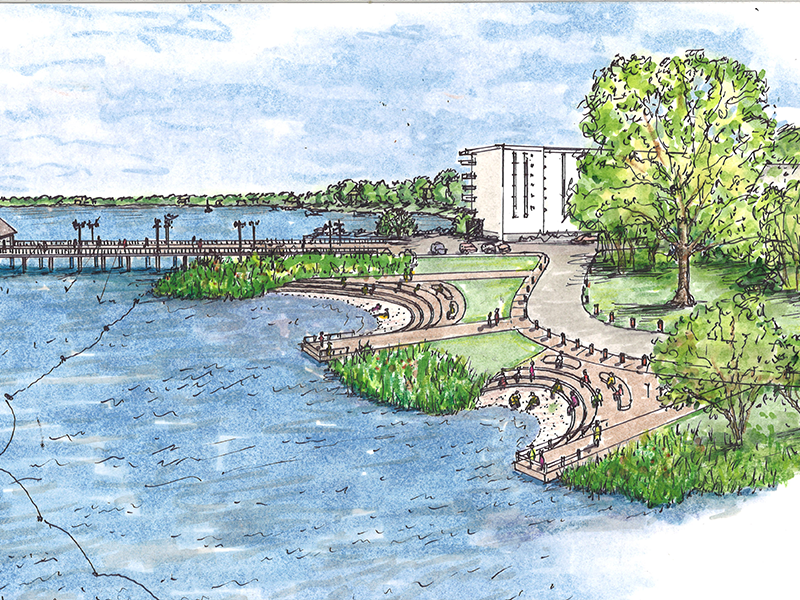
The Design Process
When it comes to the design process for Landscape Architecture, everything begins with site analysis. After site analysis typically comes conceptual design, followed by schematic design, design development, construction documents, and then—finally—construction administration.

Even at the first stage of the work, our department must work with other services. For instance, if we plan to do a roof garden for a client, structural engineering is a crucial part of the process. On the ground plan, we must work with civil engineering. From accounting for utilities to ensuring the proper placement of arboreal assets, collaboration is key to a successful design. Aesthetics play a key role in the design process as well, which means that, along with considering the sustainability and long-term viability of a project, landscape architects must also account for appearances in their design.
Besides structural and civil engineering, some of our most common service partners include planning, geotechnical engineering, architecture, and lighting and interior design experts. We are also a team that excels with project management. This is because of the need for collaborative work. No department would be able to deliver a holistic, comprehensive project in isolation from one another.
That being said, landscape architects require a great deal of knowledge to perform their roles. They are expected to be creative, analytical, communicative, and adept with many modern technologies (such as rendering programs). Though each individual designer may have their own niche, expertise is derived from being able to work effectively in each area of the design process.
Landscape architects may be required to:
- Meet with engineers, architects, and clients to gauge project requirements.
- Work closely with municipal departments to ensure that a project meets all code requirements.
- Prepare site plans, cost estimates, and project specifications.
- Analyze environmental reports on land conditions, such as grading and drainage.
- Prepare visual representations of future project designs using computer-aided drafting and design software.
- Identify and select appropriate tools and material for the project site.
- Inspect landscape progress to ensure it meets the project design standards.
- Prepare feasibility reports and studies to determine is a stie can be utilized for development based on it’s present environmental features.
- Develop marketing and presentation materials to capture new clients.
Service Variety
When landscape architects approach a new project, we always keep this primary thought in mind:
What is the end-user going to feel, see, and need to be able to functionally use the space?
This means that the design process is not linear. It does not involve a checklist of tasks to accomplish before calling it a day. While there are many things that do require systematic review, the final design needs to be able to cater to the end-user that will be occupying the space. Then, we break that design into smaller details and tasks. This way, we are always keeping a sense of perspective on our project end goals.
Here are some of the services that our Landscape Architects provide:
Concept Drawing and Visualization
Those tasks can take on many different forms. For example, one of the things we do for a project includes concept drawing and visualization. By creating illustrations of a potential design—whether it’s a new development, a renovation, or an addition to a site that already exists—landscape architects are not only able to demonstrate how a space may look but also how it might function. These conceptual drawings turn complex engineering ideas into visuals that communicate to a layperson how a design is meant to look and function.


Green Infrastructure
One of landscape architecture’s primary initiatives is Green Infrastructure. Green infrastructure—especially green stormwater infrastructure—helps to create more resilient and long-lasting communities that can survive climate change. By focusing on creating green infrastructure, landscape architects can harness modern strategies like permeable pavements, retention basins, and water-retaining soil to slow down stormwater drainage and filter out harmful pollutants. Using natural plants and trees in the design of public spaces can also result in a ‘barrier’ that captures, absorbs, and filters stormwater. This allows for safer transportation, recreation space, and other public open spaces that municipalities and the people who live within them can enjoy.
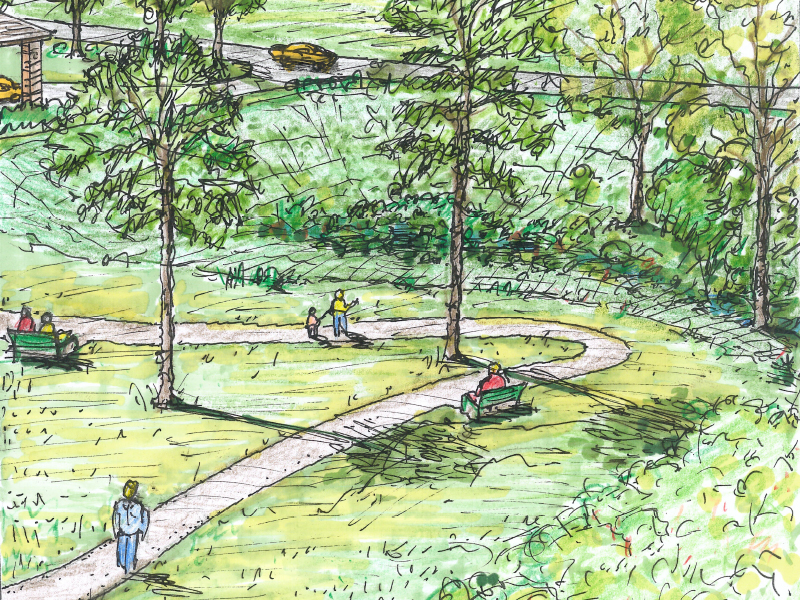
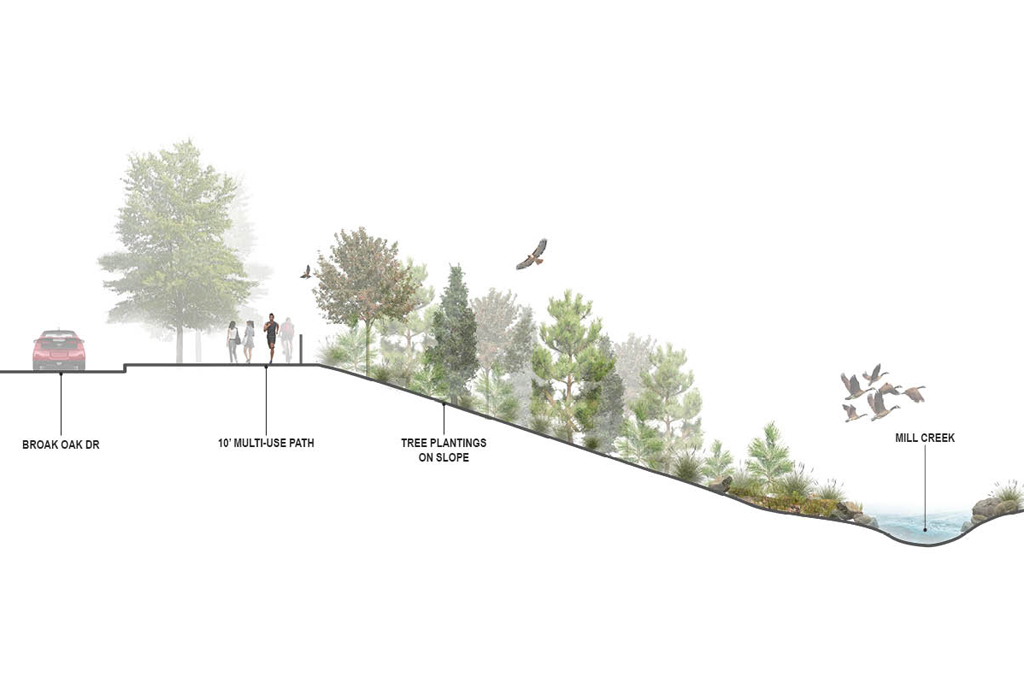
Master Planning
Another service landscape architects provide is Master Planning. Master planning is a strategic document used by municipalities and other entities to guide future development of open spaces. It can be a fairly complex task involving many different components, such as surveying and analysis of preexisting conditions, recommendation reports, environmental studies, and more. It is one thing to know the information around a project. It’s another thing to be able to present what can sometimes be highly technical information to a client—one who may not be used to reading technical recommendations or interpreting data. In mater planning, we are able to make these complex recommendations, plans, and details easy to understand and implement.
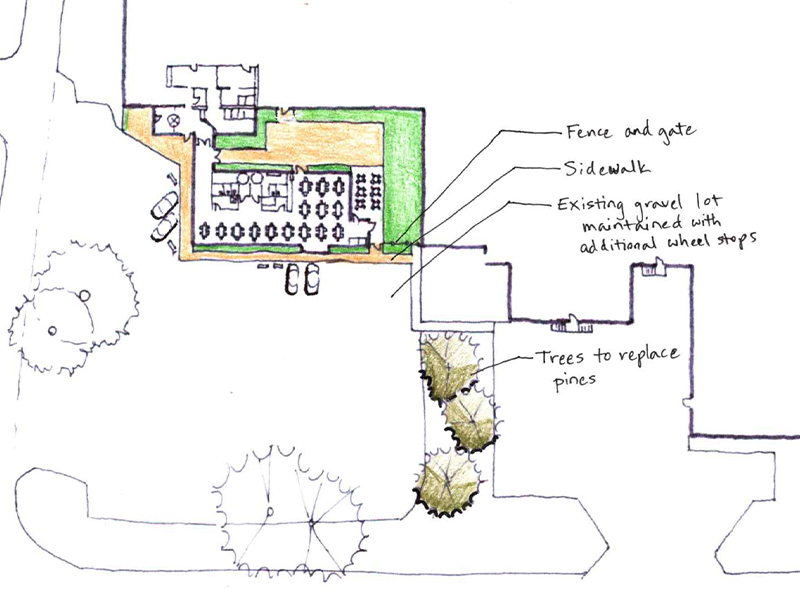
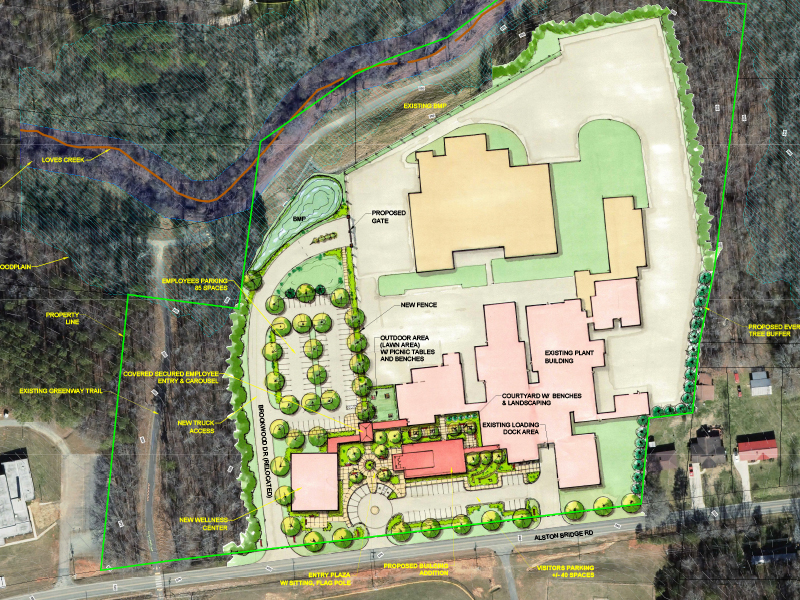
Site Details and Key Elements
Conveying these ideas can be done through drawing site details and key elements. Communicating complex ideas through visuals, such as drawings or graphics, is a skill that is invaluable to landscape architecture. After all—as was previously mentioned—it is of vital importance that complex design and engineering concepts are conveyed concisely and accurately to laypersons so that the proper recommendations and changes can be put into action. Back in the day, a site detail of key elements and plan would be the primary elements of what was handed to contractors; now, landscape architects need to be able to take the ‘big picture’ and break it down into smaller parts that convey how to build each section.
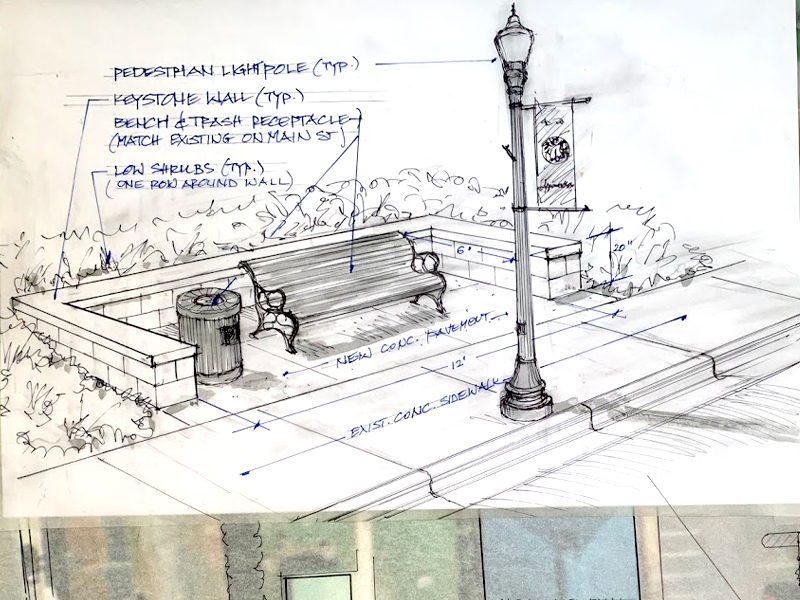
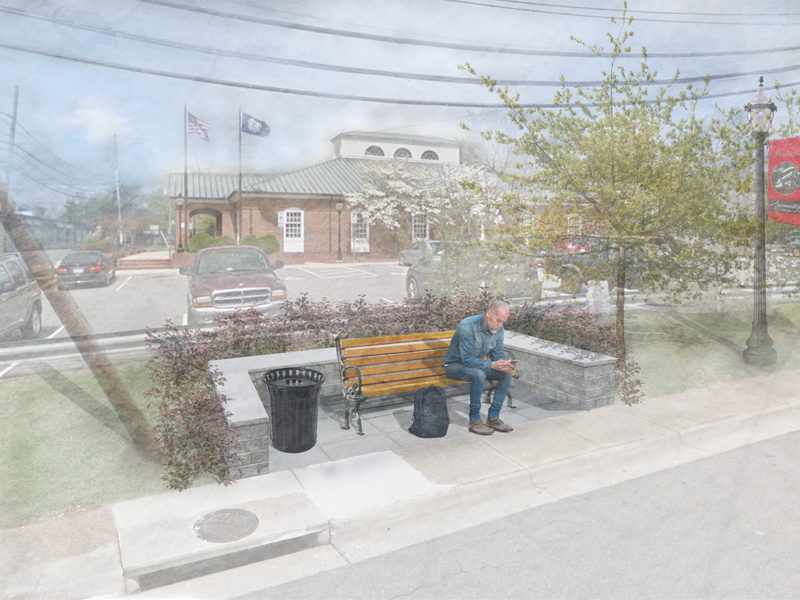
Landscape Architecture and Sustainable Tools
The tools that our department chooses to utilize in our landscape architecture projects are in line with our values. Our goal is to select programs that promote sustainability and community-oriented design principles.
One of these tools is the Sustainable SITES Initiative. Run by the same organization that manages the Leadership in Energy and Environmental Design rating system, or LEED, this rating system—called SITES, or the Sustainable SITES initiative—looks at how to optimize the project site, and especially outside spaces, are optimized for resilience. We use the framework provided by SITES to ensure that we look at every avenue of site projects are accounted for when designing and constructing a project. Because we approach every project with this framework in mind, we are also able to help clients attain SITES certifications if they choose.
Another tool we have utilized is the Pathfinder Tool. Meant to help with measuring and improving project’s carbon impact and footprint, Pathfinder helps our landscape architects to make selections on materials that we want to use—including how much to use, and how to blend them together with other, greener materials and elements. Pathfinder visualizes how much embodied carbon is represented by your materials and construction processes. The ultimate goal of using Pathfinder is to sequester carbon—that is, to capture carbon and either store or process it. Through this tool, we are able to create projects that are net-0 carbon (or even better!), thus fulfilling another part of our desire to remain climate-friendly and sustainable in our design practices.
What’s Next?
We are a mission-driven practice. We want to pursue projects that meet our vision for a green, sustainable future—and the clients who are on the same page as us. By putting our mission into practice, we hope to reach clients who see the value in our design practices, green initiatives, and community-centered approach to landscape architecture.
Groundwater Infiltration and Aquifer Replenishment
We also keep a finger on the pulse of current scientific research and development topics. Some of these topics include groundwater infiltration and aquifer recharge. Groundwater infiltration is the ability for water to pass through soil or other permeable surfaces in your site. This can be beneficial because it prevents water from being sent downstream or to storm drains, reducing runoff. Groundwater infiltration can also lead to aquifer recharge, which is a crucial element of sustainability. By using soils in projects that have a high infiltration rate, water that enters the environment—such as rain—can be captured and filtered, allowing for freshwater sources to replenish naturally.
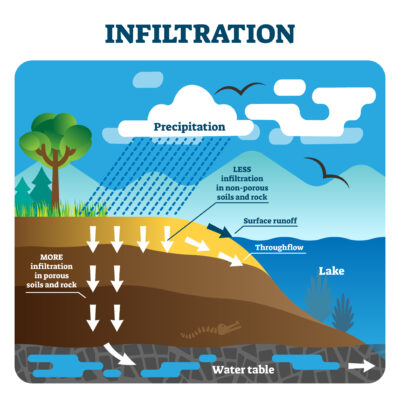
Green Infrastructure vs Grey Infrastructure
Another subject we are keeping our eye on is green infrastructure vs grey infrastructure. While we have discussed green infrastructure, such as rain gardens and permeable pavement, gray infrastructure is its own unique category. Defined by the Environmental Protection Agency as “traditional stormwater infrastructure in the built environment, such as drains, pipes, and retention basins,” gray infrastructure is the majority of currently existing stormwater management infrastructure. Where green infrastructure is meant to emulate the natural environment, gray infrastructure often looks and feels manmade. This is a major, overarching topic in the industry at the moment, and one that speaks to the resilience of communities on multiple levels.
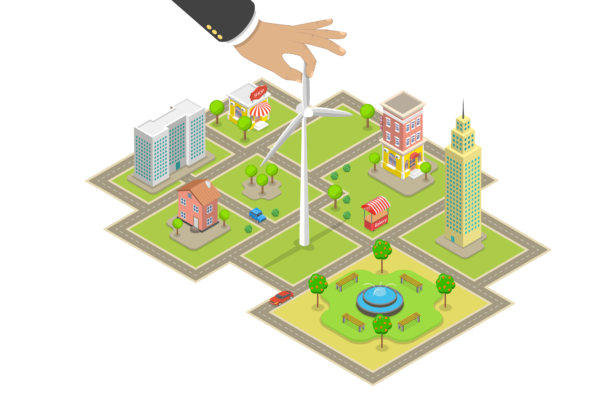
Future of Stormwater Ponds
Finally, we have the current research into utilizing stormwater ponds as potential wildlife habitats. It’s a necessary design solution for maintaining biodiversity while also serving humans through the built environment. Landscape architects are trying to find ways to make these retention ponds beneficial to the surrounding ecosystem. When done correctly, these retention ponds can serve dual purpose of stormwater capture and providing habitable zones for native wildlife. This is a better use of not only the project space but also the resources available to landscape architects as designers, which improves the end product for our clients.
Furthermore, there is a push to include stormwater ponds as more than wastewater management. By designing them to serve as an aesthetic feature, a design focal point, or even as a destination for gathering and interacting, stormwater ponds can serve a social purpose as well as an environmental one. These elegant solutions to modern design challenges are at the heart of landscape architecture.
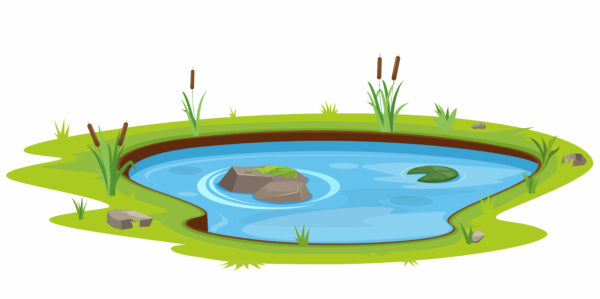
Conclusion
Our landscape architects are a flexible, creative, and responsive group of people who are supremely dedicated to not only upholding Summit’s values, but also to maintaining their own steadfast mission to improve both the environment and the lives of the end-user for their projects. From managing stormwater solutions to providing elegant, aesthetic spaces for people to enjoy, our landscape architects are valuable members of our team and integral to providing a holistic, environmentally sustainable, resilient project.
Learn More
If you would like to learn more about Summit Design and Engineering’s landscape architecture department, check out our service page or read more about our featured project, the Carrier Park Pedestrian Bridge Feasibility Study!
